US missile defense system. 3-Part I
Following the abandonment of Reagan's Star Wars research on promising missile defense systems in the United States did not stop. One of the most unusual and interesting projects, the implementation of which reached the stage of construction of prototypes, was a missile defense laser on aviation the platform. Work on this topic began back in the 70s and entered the stage of practical implementation almost simultaneously with the proclamation of the Strategic Defense Initiative.
The Aviation Laser Platform, known as NKC-135А, was created by re-equipping the KS-135 tanker aircraft (passenger version Boeing-707). Two cars underwent alteration, the laser was installed only on one of them. The “unarmed” aircraft NC-135W was used for testing the detection equipment and tracking the launching ICBMs.
In order to increase the internal space, the fuselage of the NKC-135А aircraft was extended by three meters, after which they installed the SO ² - 0,5 MW laser and 10 t mass, aiming, tracking and fire control systems. It was assumed that the aircraft with a combat laser on board would patrol the launch area of ballistic missiles and hit them on the active leg of the flight shortly after launch. A number of test shots at target missiles in the 1982 year ended in failure, which required the development of a laser and control system.
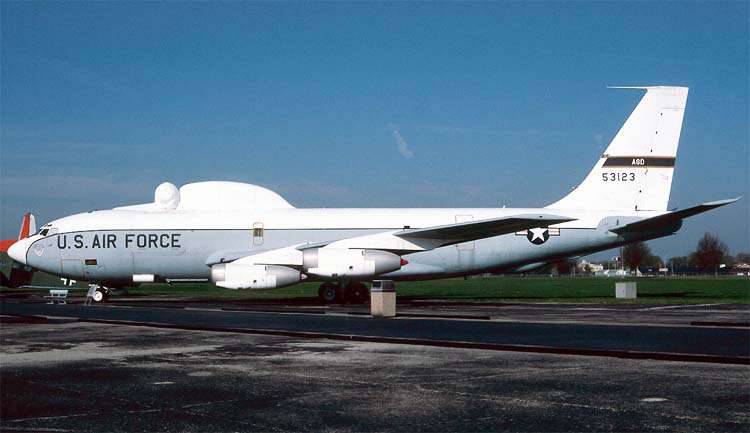
26 July 1983 held the first successful shooting, using a laser managed to destroy five AIM-9 «Sidewinder» missiles. Of course, these were not ICBMs, but this success demonstrated the efficiency of the system in principle. 26 September 1983 of the year with a laser from the board of the NKC-135 ALL shot down the UAV BQM-34A. The drone fell after a laser beam burned through the casing and disabled its control system. The trials lasted until November 1983. They demonstrated that in “greenhouse” conditions the laser is capable of destroying targets at a distance of about 5 km, but this option is absolutely unsuitable for dealing with ICBMs. Later, the US military has repeatedly stated that this flying platform was considered solely as a "technology demonstrator" and an experimental model.
In the 1991, during the fighting in the Middle East, the MIM-104 Patriot anti-aircraft missile system, while fighting the Iraqi OTR P-17E and Al-Hussein, was not very effective. It was here that once again they remembered the flying laser platforms, with the help of which, in conditions of air supremacy, the US Air Force could hit launching ballistic missiles. The program, which received the name of ABL (English Airborne Laser - "Aviation onboard laser"), officially started in the middle of 90-x. The goal of the program was to create an aviation laser complex capable of fighting short-range ballistic missiles in a theater of military operations. It was assumed that laser interceptors with a target range of 250 km, flying at an altitude of 12 km, would be on alert at a distance of 120-150 km from the zone of probable launches. In this case, they will be accompanied by escort aircraft, electronic warfare and tankers.
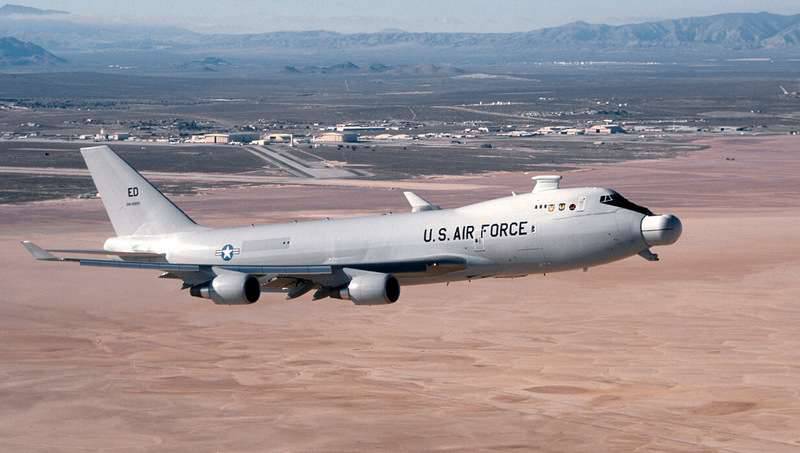
Initially, the KS-135A tanker, which was well-proven, was supposed to be used as a combat laser carrier, but after that they settled on a more lifting model. The wide-body passenger Boeing 747-400F was chosen as a platform, while the aircraft underwent a serious alteration. The main and most noticeable changes occurred with the nose of the airliner, a rotating turret weighing seven tons was mounted here with the main mirror of the combat laser and numerous optical systems. The tail of the fuselage has also undergone significant changes, it installed the energy modules of the laser system. In order for the fuselage bottom skin to withstand the emissions of hot and aggressive gases after laser shots, some of it had to be replaced with titanium panels. The internal layout of the cargo compartment was completely redone. For the timely detection of launching missiles, the aircraft received six infrared sensors, and to increase the patrol time, an in-flight refueling system.
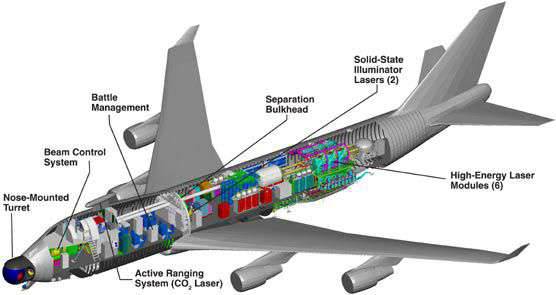
The aircraft, designated YAL-1A, first flew on July 18 2002. The program with an initial budget of 2,5 billion dollars was provided for the creation of two prototypes for testing and developing weapons systems, as well as five combat laser platforms based on Boeing-747. When choosing the type of main armament, the developers proceeded from the maximum energy efficiency of the laser system. Initially, it was planned to use a hydrogen fluoride laser, but this was due to a number of difficulties. In this case, on board the aircraft required to place the tank with fluorine, which is one of the most chemically active and aggressive elements. So in the atmosphere of fluorine water burns with a hot flame, with the release of free oxygen. This would make the process of refueling and preparing the laser for use an extremely dangerous procedure, requiring the use of special protective spacesuits. According to the US Department of Defense, a megawatted laser operating on liquid oxygen and finely dispersed iodine was installed on the aircraft. In addition to the main powerful combat laser, there are also a number of laser systems designed to measure distance, target designation and target tracking.
Tests of a laser missile defense system placed aboard a Boeing-747 began in March 2007 of the year, and target detection and tracking systems were initially tested. 3 February 2010, the first successful shooting at a real target took place, then the target that imitated a ballistic solid-fuel rocket was destroyed. In February, firing at solid-fuel and liquid-propellant rockets in the active part of the trajectory took place. Tests have shown that the YAL-1A aircraft with a laser gun on board can also be used to destroy enemy aircraft. However, this was possible only at high altitude, where the concentration of dust and water vapor in the atmosphere is minimal. Potentially, with the help of a flying laser platform, it was possible to destroy or blind the low-orbit satellites, but it did not come to tests.
After evaluating the results, the experts came to a disappointing conclusion that, with very substantial operating costs, the system can be effective against launching missiles at a relatively short range, while the “flying laser” itself, located close to the contact line, is quite vulnerable to anti-aircraft missiles and enemy fighters. And for his protection is required to allocate a significant outfit fighters and EW aircraft. In addition, for continuous duty in the air covering forces, additional refueling aircraft are needed, all of this increased the cost of an already very expensive project.
In 2010, more than 3 billion dollars were spent on the laser interceptor program, and the total cost of deploying the system was estimated to be 13 billion dollars. Due to excessive cost and limited efficiency, it was decided to abandon the continuation of work and continue to test one YAL-1A aircraft as a technology demonstrator.
After 5 was spending billions of dollars, the program was finally closed in 2011. 12 February 2012 was the last time the plane took off from the runway at Edwards Air Base, heading to the storage facility of the Davis-Montana aircraft in Arizona. Here engines and some equipment were dismantled from the aircraft.
At present, research is underway in the United States on the creation of flying missile defense laser interceptors based on heavy unmanned aerial vehicles. According to the developers and the military, their operating costs should be several times less compared to heavy manned platforms based on the Boeing 747. In addition, relatively inexpensive Drones will be able to operate closer to the front line, and their loss will not be so critical.
Even at the stage of development of the Patriot anti-aircraft missile system MIM-104, it was considered as a means of combating short-range ballistic missiles. In the 1991, the Patriot air defense system was used to repel the attacks of the Iraqi PRPs. In this case, one of the Iraqi "Scud" had to run several missiles. And even in this case, with an acceptable accuracy of targeting anti-aircraft missiles, the 100% destruction of the OTP P-17 warhead did not occur. The anti-aircraft missiles of the Patriot PAC-1 and PAC-2 complexes, designed to destroy aerodynamic targets, had insufficient damage to the fragmentation warheads when used against ballistic missiles.
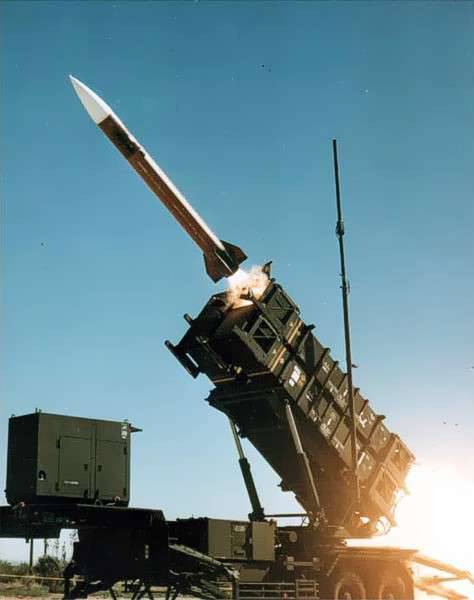
As a result of combat use, along with the development of an improved version of the “Patriot” PAC-3, which was put into service in 2001, an anti-missile with a kinetic tungsten warhead ERINT (English Extended Range Interceptor) was created. She is able to fight with ballistic missiles with a range of launch to 1000 km, including equipped with chemical warheads.
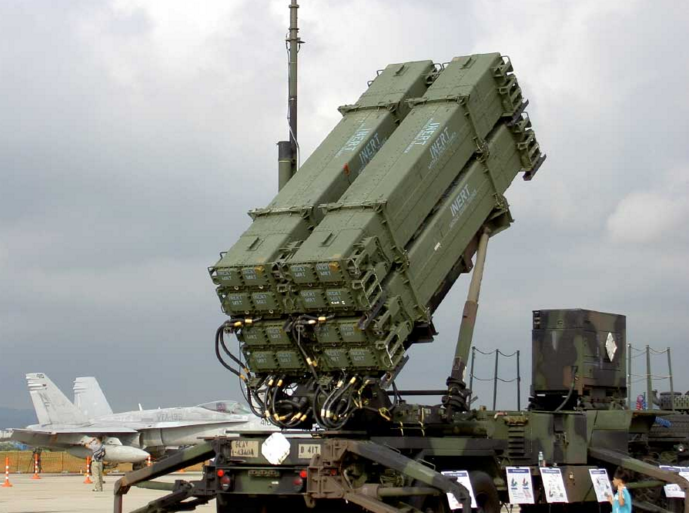
The ERINT rocket, along with the inertial guidance system, uses the active millimeter-wave radar guidance head. Before turning on the GOS, the cover of the nose cowl of the rocket is reset, and the radar antenna is aimed at the center of the space occupied by the target. At the final stage of the missile’s flight, its control occurs through the inclusion of miniature impulse steering engines located in the front. Aiming anti-missiles and exact defeat of a kinetic warhead weighing 73 kg of a compartment with a warhead occurs due to the formation of a clear radar profile of the attacked ballistic missile with the determination of the aiming point.
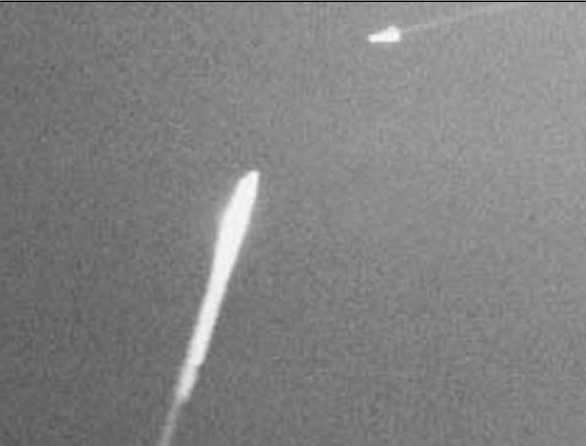
Moment of interception of a warhead with an ERINT missile during test launches.
As conceived by the US military, ERINT anti-missiles must kill tactical and operational-tactical ballistic missiles missed by other missile defense systems. A relatively short launch range - 25 km and ceiling - 20 km are connected with this. The small dimensions of ERINT - the length of 5010 mm and diameter - 254 mm make it possible to place four anti-missiles in the dimensions of a standard transport and launch canister. The presence in the ammunition missile with a kinetic warhead can significantly improve the capabilities of the Patriot PAC-3. It is planned to combine launchers with missiles MIM-104 and ERINT, which increases the fire power of the battery by 75%. But this does not make the Patriot an effective antimissile system, but only slightly increases the possibilities for intercepting ballistic targets in the near zone.
Along with the improvement of the Patriot air defense missile system and the development of a specialized anti-missile system for it, in the USA at the beginning of 90, before the US left the ABM treaty, flight tests of new-missile anti-missile systems began at the White Sands ground in New Mexico THAAD (Terminal High Altitude Area Defense - “Land-based mobile missile complex for high-altitude over-atmospheric interception of medium-range missiles”). The developers of the complex were faced with the task of creating an interceptor missile that could effectively hit ballistic targets with a range of up to 3500 km. At the same time, the affected area of THAAD was to be up to 200 km and at altitudes from 40 to 150 km.
The anti-missile system THAAD is equipped with an uncooled IR HSS and inertial radio command control system. As for ERINT, the concept of destroying a target with a direct kinetic strike was adopted. THAAD anti-missile with a length of 6,17 m - weighs 900 kg. The single-stage engine accelerates the antimissile system up to the speed of 2,8 km / s. Start is carried out by a detachable starting accelerator.
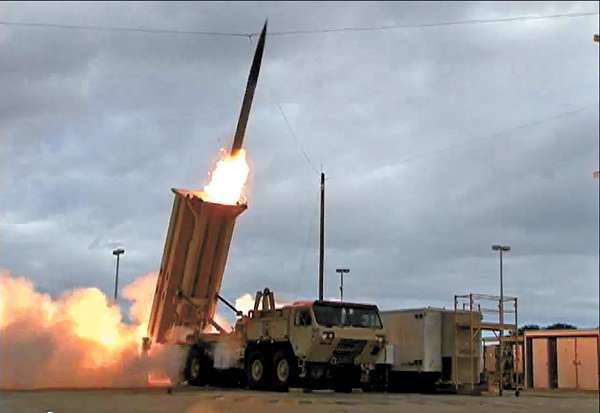
The THAAD missile defense system should be the first frontier of the zone antimissile defense. The characteristics of the system allow for the sequential firing of one ballistic missile with two antimissiles on the principle of "start - estimate - launch". This means that in the event of a miss of the first anti-missile missile, the second will be launched. In the event of a THAAD miss, the Patriot air defense system should enter into action, on which the GBR radar will receive data on the flight trajectory and speed parameters of a burst ballistic missile. According to the calculations of American experts, the probability of hitting a ballistic missile with a two-level missile defense system consisting of THAAD and ERINT should be at least 0,96.
The THAAD battery consists of four main components: 3-4 self-propelled PU with eight antimissiles, transport-charging machines, mobile surveillance radar (AN / TPY-2) and a fire control center. With the accumulation of operating experience and the results of test and firing, the complex is subject to modifications and modernization. Thus, the currently produced SPA THAAD in appearance is seriously different from the early models that were tested in the 2000-s.
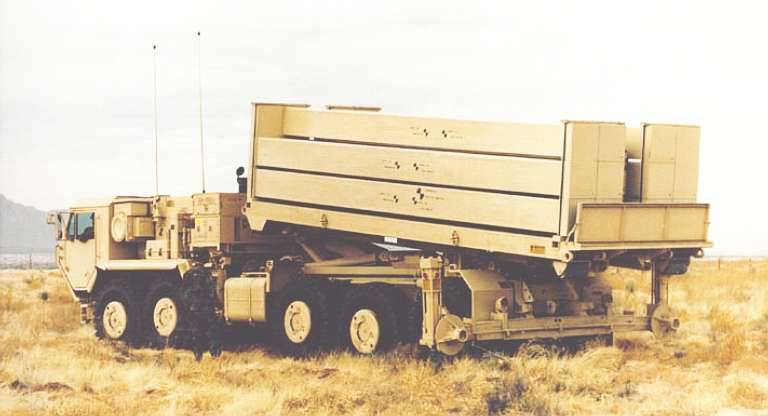
In June, the 2009 of the year, after the end of the tests at the Barking Sands Pacific missile test site, the first THAAD battery was put into test-combat operation. At the moment, it is aware of the supply of five batteries of this anti-missile system.
In addition to the US Department of Defense to acquire the complex THAAD expressed their desire to Qatar, the UAE, South Korea and Japan. The cost of one complex is $ 2,3 billion. Currently, one battery carries combat duty on the island of Guam, covering the US naval base and the airfield of strategic aviation from possible strikes of North Korean ballistic missiles. The permanent location of the remaining THAAD batteries is Fort Bliss, Texas.
The 1972 treaty of the year prohibited the deployment of anti-missile defense systems, but not their development, which the Americans actually took advantage of. The THAAD and Patriot PAC-3 complexes with ERINT anti-ballistic missiles are, in fact, the near-line anti-missile defense systems and are mainly designed to protect troops from ballistic missile strikes with a launch range of up to 1000 km. The development of a US missile defense system against intercontinental ballistic missiles began in the early 90's, these works were justified by the need to protect the rogue countries from nuclear blackmail.
The new stationary anti-missile defense system was named GBMD (English Ground-Based Midcourse Defense - "Ground Defense on the March"). This system is largely based on technical solutions that have been developed during the creation of early anti-missile systems. Unlike THAAD and “Patriot”, which have their own means of detection and target designation, the GBMD operability directly depends on SPRN stations.
Initially, the complex was called NVD (English National Missile Defense - “National Missile Defense”, it was intended to intercept ICBM warheads outside the atmosphere on the main portion of the trajectory. In 2002, after integration into the missile defense system on the basis of the shipboard IJDIS, complex named Ground-Based Midcourse Defense (GBMD). The tests of the GBMD anti-missile complex began in July 1997 on Kwajalein Atoll.
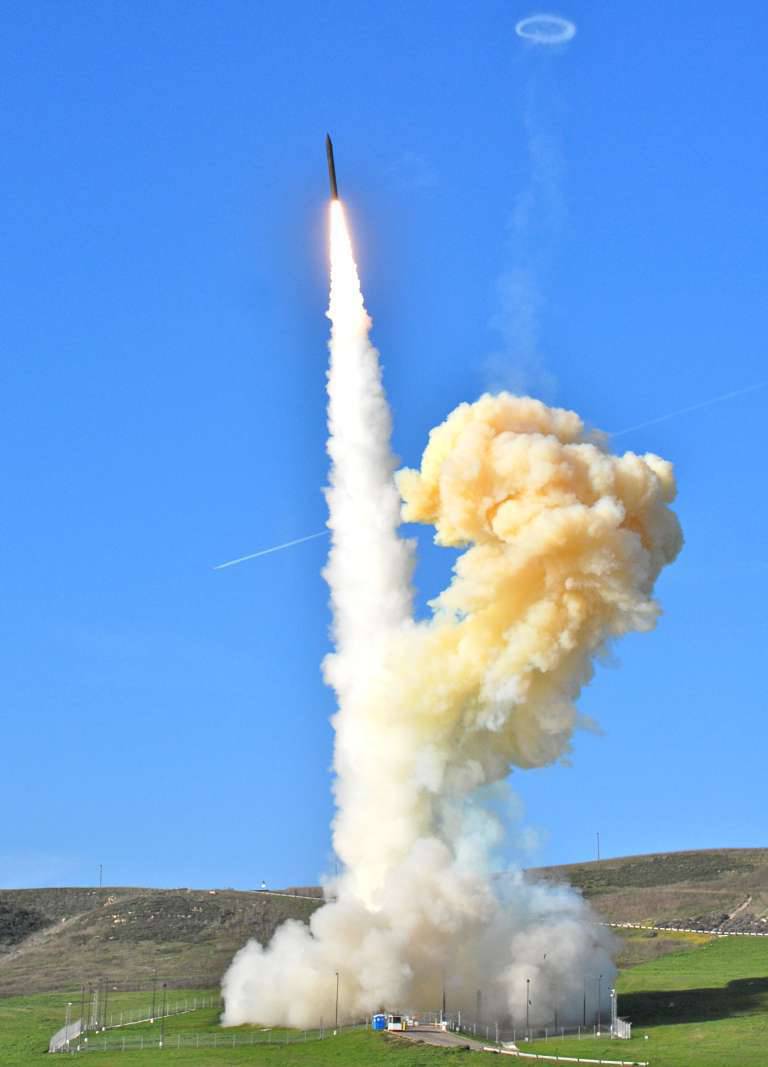
Since ICBM warheads have a higher speed than OTR and MRBD, for effective protection of the covered territory, it is necessary to ensure the defeat of warheads in the middle part of the trajectory, passing in outer space. To destroy the ICBM warheads, a method of kinetic interception was chosen. Previously, all the American and Soviet missile defense systems that were being developed and adopted, which intercepted in space, used anti-missiles with nuclear warheads. This made it possible to achieve an acceptable probability of hitting the target with a significant error in hover. However, in a nuclear explosion in outer space, dead zones that are not permeable to radar radiation are formed. This circumstance does not allow the detection, tracking and firing of other targets.
When a heavy metal blanket of anti-missile missiles with an ICBM nuclear warhead collides, the latter is guaranteed to be destroyed, without the formation of unseen “dead zones”, which makes it possible to carry out the sequential interception of other combat units of ballistic missiles. But this method of dealing with ICBMs requires very accurate targeting. In this regard, the tests of the GBMD complex went with great difficulties and required significant improvements, both of the anti-missile missiles themselves and their guidance systems.
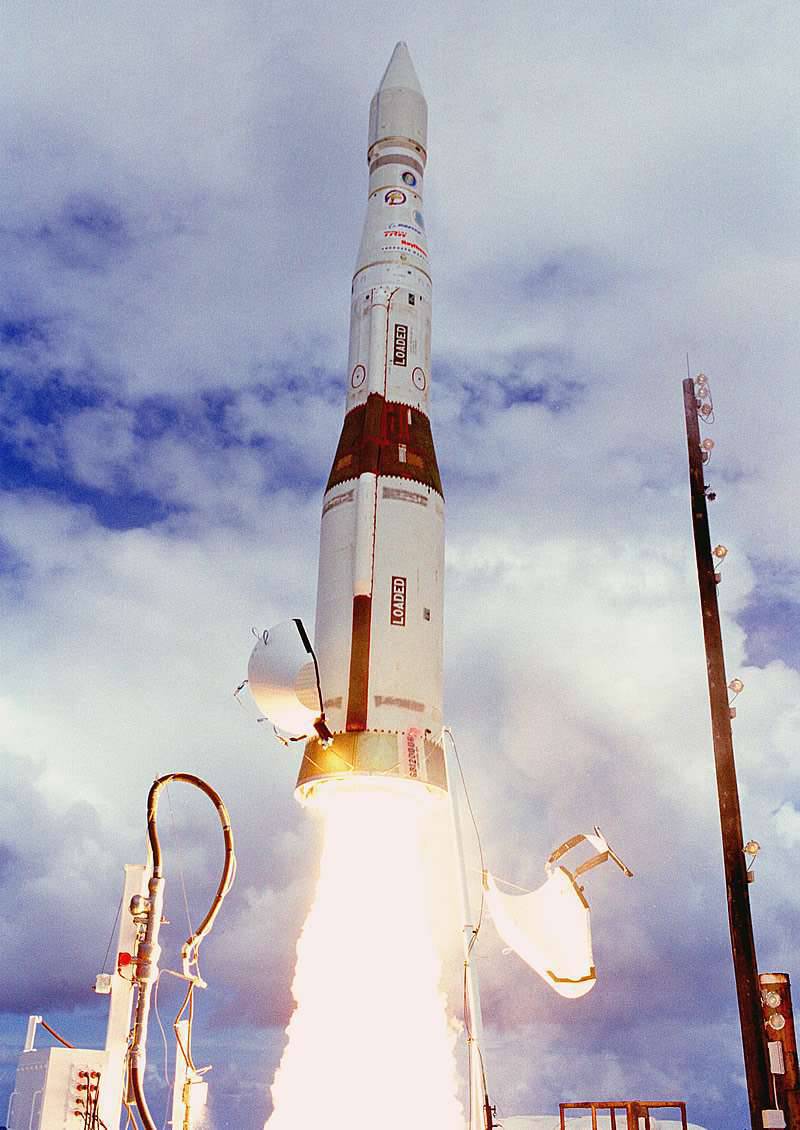
It is known that the first versions of the GBI anti-missile (Ground-Based Interceptor) were developed on the basis of the second and third stages of the Minuteman-2 ICBM. The prototype was a three-stage interceptor with a length of 16,8 and diameter of 1,27 and launch weight 13 T. Maximum range 5000 km.
According to data published in the American media, at the second stage of testing, work was already being done with a specially created anti-missile GBI-EKV. According to various sources, its starting weight is 12-15 tons. The GBI anti-rocket missile launches the EKV (Exoatmospheric Killer Machine) interceptor into English at an 8,3 km / sec speed. The EKV kinetic space interceptor weighs about 70 kg, it is equipped with an infrared guidance system, its own engine and is designed for a direct hit into the warhead. When an ICBM warhead and an EKV interceptor collide, their total speed is about 15 km / s. It is known about the development of an even more advanced model of the MKV space interceptor (the English Miniature Kill Vehicle - “miniature killer machine”) with a mass of just 5 kg. It is assumed that the anti-missile GBI will carry more than a dozen interceptors, which should dramatically increase the capabilities of the anti-missile system.
At the moment, the GBI anti-missile is being refined. In the past few years alone, the missile defense agency spent over $ 2 billion on troubleshooting the interceptor control system. At the end of January 2016, a successful test of a modernized antimissile took place.
The GBI anti-missile missile, launched from the Vandenberg base, successfully hit a conventional target launched from the Hawaiian Islands. The ballistic missile, which served as a conventional target, was reportedly equipped with false targets and means for creating interference, in addition to the inert warhead.
Deployment of the GBMD anti-missile system began in 2005. The first missile defenses were placed in the mines at the Fort Greely military base. According to US data for the 2014 year, 26 GBI interceptors were deployed in Alaska. However, on satellite images of Fort Greely, you can observe 40 silos.
A number of GBI antimissiles deployed at Vandenberg airbase in California. In the future, to deploy the GBMD complex on the west coast of the United States, it is planned to use re-equipped mine launchers of the Minuteman-3 ICBM. In 2017, the number of antimissiles here is planned to be increased to 15 units.
After the North Korean tests of the Eunha-3 launch vehicle, at the end of 2012, it was decided to create a third GBI anti-missile base area in the United States. It is reported that the total number of antimissiles, carrying combat duty in five positional areas, can reach hundreds. In the opinion of the American military-political leadership, this will make it possible to cover the entire territory of the country from limited missile strikes.
Simultaneously with the deployment of GBMD complexes in Alaska, it was planned to create positions in Eastern Europe. Negotiations on this were conducted with the leadership of Romania, Poland and the Czech Republic. However, later they decided to deploy a missile defense system based on Aegis Ashore.
In 90-ies, the US Navy experts to create an anti-missile system suggested using the capabilities of the Aegis shipboard multifunctional combat information and control system (BIUS). Potentially, the radar and computing system of the Aegis system could solve this problem. The name of the system "Aegis" (eng. Aegis - "Aegis") - means the mythical invulnerable shield of Zeus and Athena.
The American BIUS Aegis is an integrated network of ship-based means of lighting the air situation, means of destruction, such as the Standard missile 2 (SM-2) missiles and the more modern Standard missile 3 (SM-3). The system also includes the means of automated combat control subsystems. The Aegis BIUS is capable of receiving and processing radar information from other ships and aircraft of the compound and providing target designation for their anti-aircraft systems.
The first ship to receive the Aegis system, the USS Ticonderoga missile cruiser (CG-47), became part of the US Navy 23 in January 1983. To date, the Aegis system is equipped with more than 100 ships, in addition to the US Navy, it is used by the naval forces of Spain, Norway, the Republic of Korea, and the Japanese Self-Defense Forces.
The main element of the Aegis system is a radar with AN / SPY-1 PHAR with an average radiated power of 32 — 58 kW and a peak power of 4 — 6 MW. It is capable of automatically searching, detecting, tracking 250 — 300 targets and targeting up to 18 anti-aircraft missiles on them. Moreover, all this can occur in automatic mode. The detection range of high-altitude targets is approximately 320 km.
Initially, testing the destruction of ballistic missiles was carried out using the SM-2 SAMs. This solid-propellant rocket was developed on the basis of the ship's SAM RIM-66. The main difference was the introduction of a programmable autopilot, which controlled the flight of the rocket in the main part of the trajectory. Anti-aircraft missile needs to highlight the target with a radar beam only for accurate guidance when entering the target area. Due to this, it was possible to increase the noise immunity and rate of fire of the anti-aircraft complex.
The most adapted for the tasks of missile defense in the SM-2 family is RIM-156B. This anti-missile is equipped with a new combined radar / infrared seeker, which ensures improved selection of false targets and beyond-the-horizon shooting. The rocket with a mass of about 1500 kg and a length of 7,9 m. Has a launch range of up to 170 km and a ceiling - 24 km. The defeat of the target is provided by fragmentation warhead mass 115 kg. Rocket flight speed - 1200 m / s. The launch of missiles is carried out under deck PU vertical start.
Unlike anti-aircraft missiles of the SM-2 family, the RIM-161 Standard Missile 3 (SM-3) rocket was originally designed to combat ballistic missiles. The anti-missile SM-3 is equipped with a kinetic warhead with its own engine and a matrix cooled IR GOS.
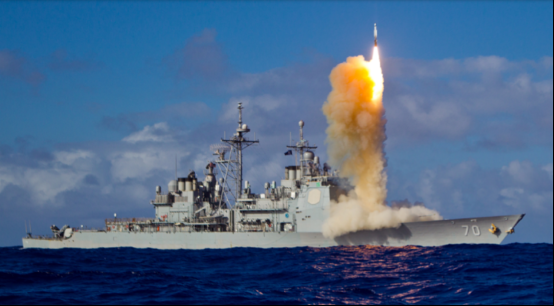
At the start of the 2000, these missiles were tested at the Ronald Reagan Missile Test Site in the Kwajalein Atoll region. During the test launches, which took place in 2001-2008, we managed to hit several IDB simulators with a direct hit with antimissiles launched from warships equipped with Aegis BIUS. The interception took place at altitudes 130-240 km. The beginning of the tests coincided with the US withdrawal from the ABM Treaty.
SM-3 anti-missiles are deployed on Ticonderoga type cruisers and Arly Burke destroyers equipped with the AEGIS system in a standard Mk-41 universal starting cell. In addition, they plan to arm Japanese destroyers of the Atago and Congo type.
The search and tracking of targets in the upper atmosphere and in outer space is performed using the upgraded shipborne radar AN / SPY-1. After the target is detected, the data is transmitted to the Aegis system, which produces a firing solution and gives the command to launch an interceptor missile. The anti-missile is launched from the cell with the help of a solid-fuel starting accelerator. After the accelerator is completed, it is reset, and a second-stage solid-fuel second-stage engine is launched, which ensures the rocket is lifted through the dense layers of the atmosphere and brought to the airless space border. Immediately after launch, the rocket establishes a two-way digital communication channel with the carrier ship, through this channel a continuous correction of the flight path takes place. Determining the current position of the launched anti-missile missiles is carried out with high accuracy using GPS. After working off and resetting the second stage, the third stage impulse engine takes over. He further accelerates the antimissile and displays it on a counter trajectory to hit the target. At the final phase of flight, the kinetic transatmospheric interceptor begins to independently search for a target using its own infrared homing head, with a matrix operating in the long-wavelength range capable of “seeing” the target at a distance of 300 km. In a collision with a target, the energy of an interceptor’s strike is more than 100 megajoules, which is roughly equivalent to the detonation of 30 kg of TNT, and is quite sufficient to destroy a ballistic missile warhead.
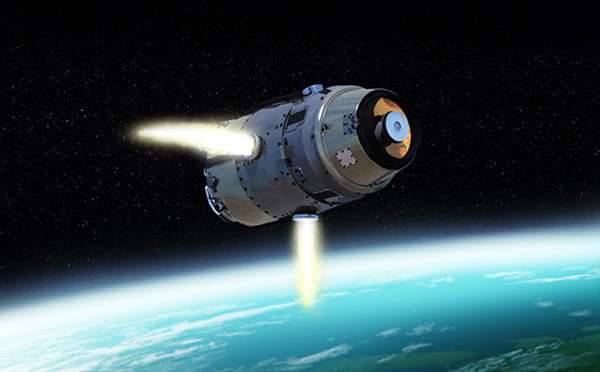
Not so long ago, information appeared on the most modern warhead of the kinetic action of KW (eng. Kinetic Warhead - Kinetic Warhead) weighing about 25 kg with its own solid-fuel pulse engine and thermal imaging homing head.
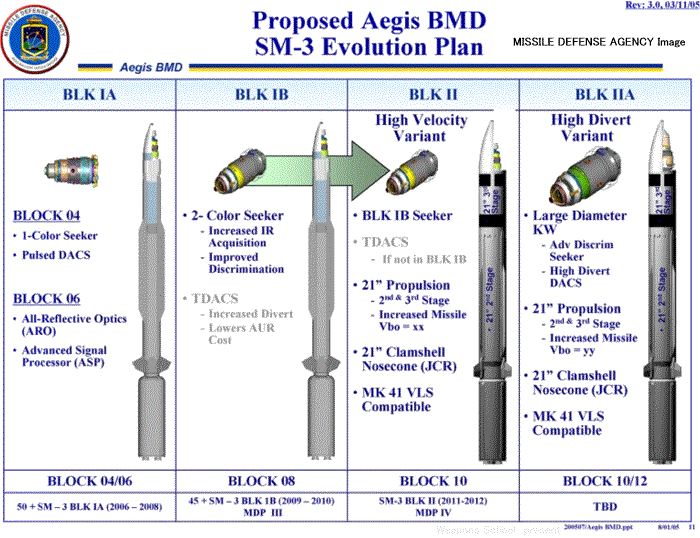
According to information published in open sources, the most advanced to date modification of Aegis BMD 5.0.1. with SM-3 Block IA / IB - 2016 year - has the ability to deal with missiles with a range of up to 5500 km. Opportunities to combat ICBM combat units with a greater launch range are limited.
In addition to countering ICBMs, SM-3 anti-missiles are capable of fighting low-orbit satellites, as demonstrated by February 21 of 2008. Then, an anti-missile launched from the Lake Erie cruiser, located in the waters of the Pacific Barking Sands test site, was hit by an emergency reconnaissance satellite USA-193 at an altitude of 247 kilometers, moving at 7,6 km / s.
According to American plans, the Aegis anti-missile system will be equipped with the 62 destroyer and the 22 cruiser. The number of SM-3 interceptors on US Navy warships in 2015 should have been 436 units. By 2020, their number will increase to 515 units. It is assumed that American warships with SM-3 antimissiles will primarily be in combat duty in the Pacific zone. The Western European direction should be covered thanks to the deployment of the Aegis Ashore ground system in Romania, Poland and the Czech Republic.
American representatives have repeatedly stated that the deployment of anti-missile systems near the borders of Russia does not pose a threat to the security of our country and is aimed only at repelling the hypothetical attacks of Iranian and North Korean ballistic missiles. However, it is difficult to imagine that Iranian and North Korean ballistic missiles will fly towards European capitals, when there are many American military bases next to these countries, which are much more significant and convenient targets.
At the moment, the Aegis missile defense system with existing SM-3 interceptors is really unable to prevent the massive attack of Russian ICBMs in service. However, it is known about plans to drastically improve the combat performance of the SM-3 family of antimissiles.
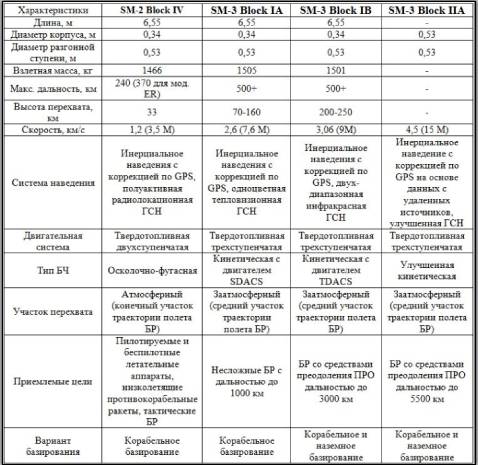
In fact, the SM-3 IIA anti-missile compared to previous modifications of the SM-3 IA / IB is a new product. According to information from the manufacturer, Raytheon, the body of the rocket will become significantly lighter and, despite the additional amount of fuel in the expanded sustainer stage, its starting mass will slightly decrease. It is difficult to say how much this corresponds to reality, but it is already clear that the range of the anti-missile missiles of the new modification will increase significantly, as will the possibilities for combating ICBMs. In addition, in the near future, SM-2 airborne missiles are to be replaced with new SM-6 in underdeck launchers, which will also have enhanced anti-missile capabilities.
After adopting new anti-missile systems and placing them on warships and in stationary launchers in Europe, they can already pose a real threat to our strategic nuclear forces. According to the strategic arms reduction treaties, the United States and the Russian Federation mutually reduced the number of nuclear warheads and carriers several times. Taking advantage of this, the American side tried to gain a one-sided advantage by starting the development of a global missile defense system. In these conditions, our country, in order to maintain the possibility of delivering a guaranteed strike against the aggressor, will inevitably have to modernize its ICBMs and SLBMs. The promised deployment of the Iskander complexes in the Kaliningrad region is rather a political gesture, since, due to the limited launch range, OTRK will not solve the problem of the defeat of all US anti-missile launchers in Europe.
Probably, one of the ways of counteraction can be the introduction of the “accidental yaw warhead” mode, at a height where interception is possible, which will make it harder for them to lose with a kinetic strike. It is also possible to install optical sensors on the ICBM warheads, which will be able to capture the approaching kinetic interceptors and to preemptively undermine the warheads in space in order to create "blind zones" for American radars. A new heavy Russian ICBM Sarmat (PC-28), capable of carrying up to 10 warheads and a significant number of false targets and other means of breaking through missile defense, should also play its role. According to representatives of the Russian Defense Ministry, the new ICBM will be equipped with maneuvering warheads. It is possible that we are talking about the creation of planning hypersonic warheads with a suborbital trajectory capable of carrying out a pitch and yaw maneuver. In addition, the preparation time of the Sarmat ICBM for launch should be significantly reduced.
Based on:
http://csis.org/blog/missile-defense-umbrella
http://boeing.mediaroom.com
http://www.globalsecurity.org/space/systems/erint.htm
http://www.lockheedmartin.com/us/products/thalad.htm
http://www.globalsecurity.org/space/systems/bmds.htm
http://cezarium.com/pro-ssha-chto-za-divnyj-zver-aegis-chast-iii-protivorakety-i-puskovye-ustanovki/
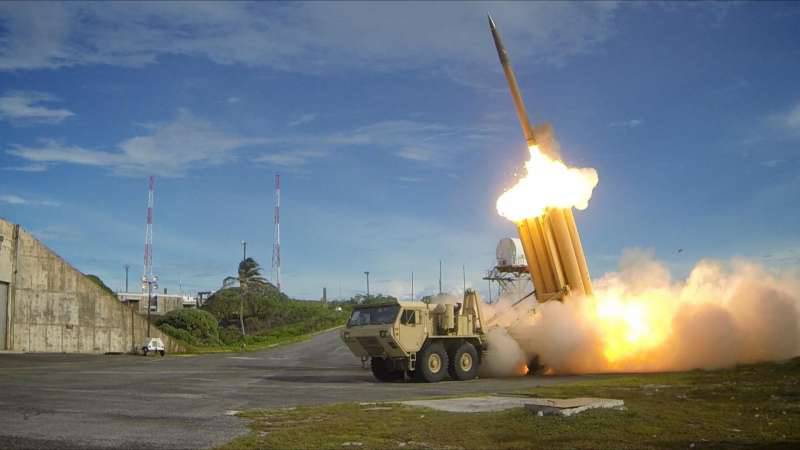
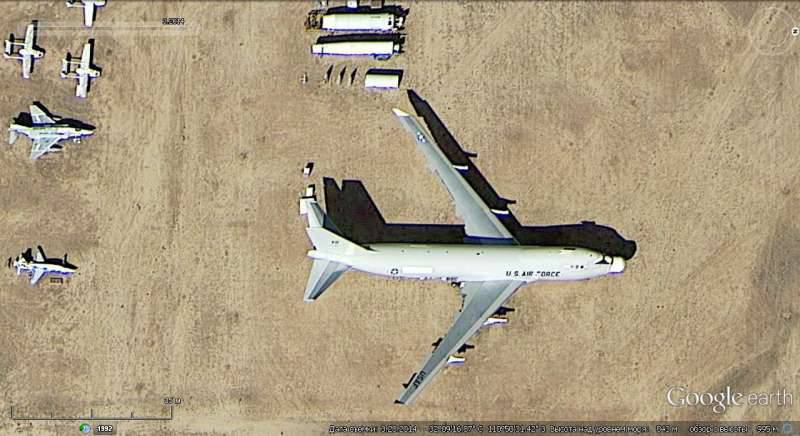
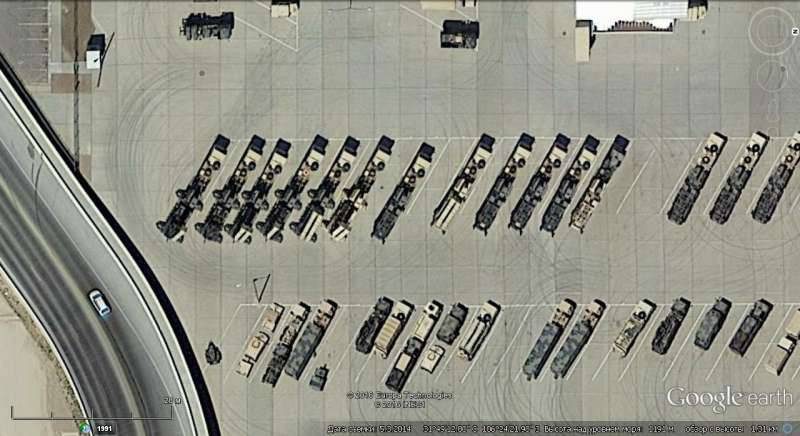
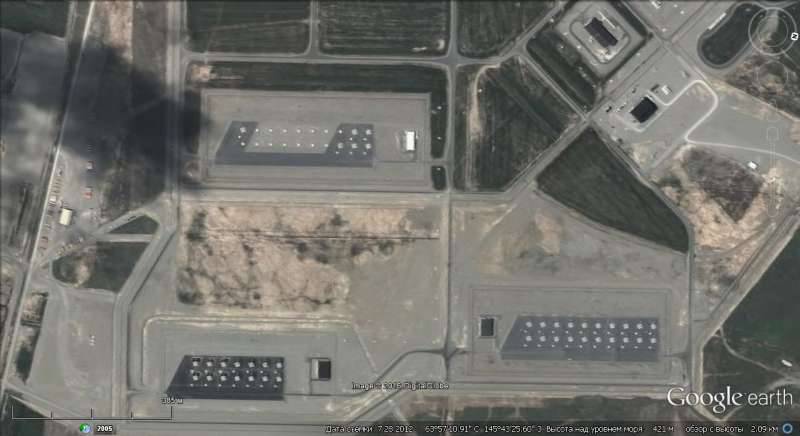
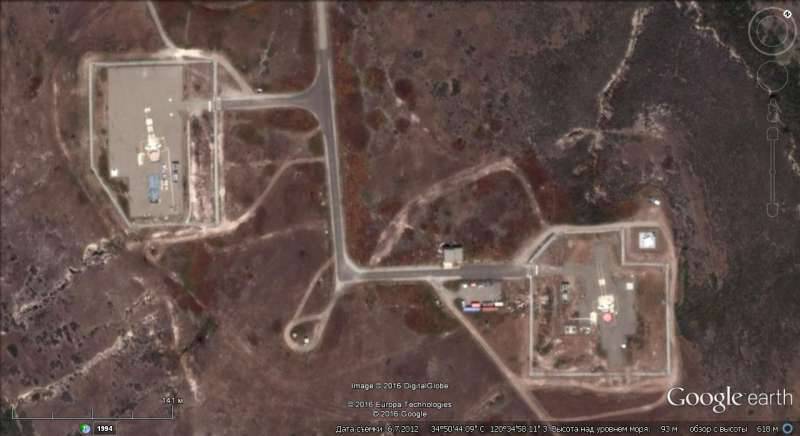
Information